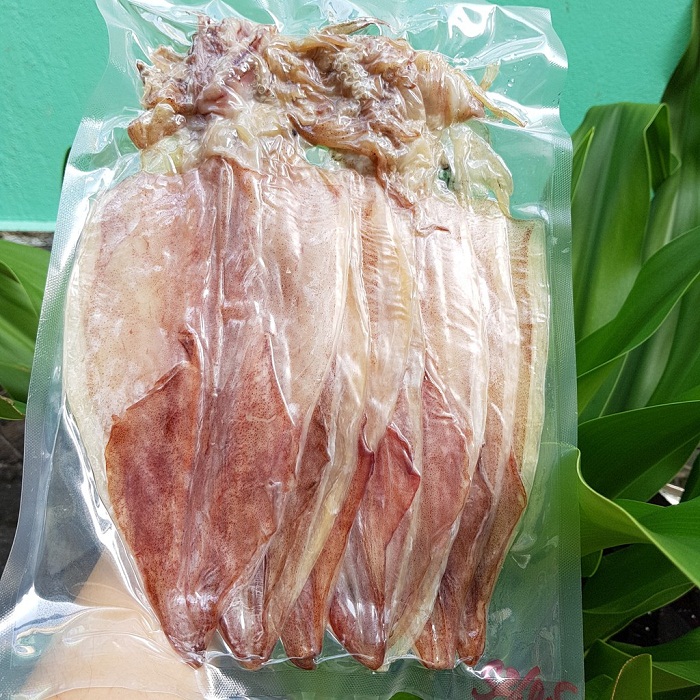Contents
Transporting Dried Seafood from Hanoi to Canberra
The transport of dried seafood from Hanoi to Canberra is integral to the global seafood trade. This article explores the key aspects of this process, ensuring efficient, secure delivery of high-quality dried seafood products from the Vietnamese capital to the Australian capital.
- Diverse Dried Seafood Range:
- Canberra’s culinary scene craves an array of dried seafood products, including fish, shrimp, and squid, vital ingredients for traditional and contemporary dishes.
- Transportation Methods:
- Sea freight, cost-effective and ideal for bulk shipments, is the preferred choice for dried seafood transport.
- Strategic Port Selection:
- Ports in Sydney and Melbourne act as pivotal gateways for dried seafood shipments to Canberra, guaranteeing efficient transport connections and on-time deliveries.
- Quality Preservation:
- Maintaining dried seafood quality during transit is paramount, involving meticulous packaging, temperature control, and humidity management.
- Australian Regulation Compliance:
- Complying with Australian import regulations is essential, necessitating precise documentation and customs clearance adherence for market entry.
- Sustainable Transportation:
- Sustainability is an emerging concern in the seafood industry. Eco-friendly shipping methods align with environmental consciousness, reducing the ecological footprint.
Conclusion: Efficiently transporting dried seafood from Hanoi to Canberra is crucial to meet the rising demand for these culinary treasures. A sound grasp of the supply chain, quality preservation, regulation compliance, and sustainable practices is vital for a successful, eco-conscious seafood transport process to the Australian capital. Choose us for a dependable, efficient seafood transport experience.
The Growing Seafood Demand in Canberra
Canberra, Australia’s capital city, is witnessing a remarkable surge in seafood demand, driven by the evolving culinary preferences of its residents and the burgeoning restaurant scene. This article delves into the factors behind the increasing appetite for seafood in Canberra.
- Culinary Diversity:
- Canberra’s culinary landscape has experienced a renaissance, with an increasing number of restaurants and chefs showcasing a diverse range of seafood dishes. From fresh fish to exotic shellfish, seafood offerings have become an integral part of the city’s menu.
- Health Consciousness:
- As more people become health-conscious, seafood is considered a nutritious choice. Rich in Omega-3 fatty acids and lean protein, it aligns with the preferences of those seeking a balanced diet.
- Gourmet Home Cooking:
- Home chefs in Canberra are also contributing to the surge in seafood demand. They are exploring gourmet cooking and experimenting with a variety of seafood ingredients to create restaurant-quality dishes in their own kitchens.
- International Influence:
- The city’s multicultural population and diverse culinary scene have exposed residents to a variety of global seafood cuisines, sparking interest in trying different seafood types and preparations.
- Sustainability Focus:
- Canberra’s residents are increasingly environmentally conscious. They prefer sustainably sourced seafood, supporting responsible and eco-friendly practices in the seafood industry.
- Traditional and Festive Cuisine:
- Seafood is a prominent feature in traditional Australian and international festive cuisines. The celebration of special occasions often involves seafood dishes, further fueling demand.
- Seafood Markets:
- Specialized seafood markets and vendors have emerged to cater to the growing demand, offering a wide selection of high-quality seafood products.
In conclusion, the surging demand for seafood in Canberra is a reflection of the city’s evolving culinary tastes, health-conscious population, and environmental awareness. Seafood has become a staple in the city’s dining culture, both in restaurants and homes. As the demand for seafood continues to grow, it offers exciting opportunities for seafood suppliers and vendors to provide Canberra’s residents with a diverse range of fresh, sustainable, and delicious seafood options.

Meticulous Seafood Packaging Process
The packaging of seafood is a meticulous process aimed at ensuring the freshness, safety, and quality of the products. In this article, we will explore the careful steps involved in packaging seafood for transport to meet the growing demand in Canberra, Australia.
- Quality Assessment:
- The process begins with a thorough quality assessment of the seafood. This includes checking for freshness, proper storage, and ensuring that the products meet the required standards.
- Temperature Control:
- Seafood is highly perishable, so maintaining the right temperature during packaging is crucial. Refrigeration and proper cold chain management are employed to keep the seafood at an optimal temperature.
- Hygiene Standards:
- Strict hygiene standards are maintained throughout the packaging process to prevent contamination and ensure the safety of the seafood.
- Product Segregation:
- Different types of seafood are segregated to prevent cross-contamination. Each product is carefully handled to maintain its integrity.
- Proper Packaging Materials:
- High-quality packaging materials, including a variety of sealing methods and moisture-resistant materials, are used to safeguard the seafood during transportation.
- Labeling and Documentation:
- Each package is labeled with essential information, such as product type, weight, origin, and best-before dates. Proper documentation ensures traceability.
- Quality Assurance:
- Quality checks are conducted at various stages of the packaging process to guarantee the seafood’s condition and compliance with regulations.
- Sustainable Practices:
- Many seafood packaging processes now include eco-friendly materials and practices to reduce the environmental impact of the seafood industry.

